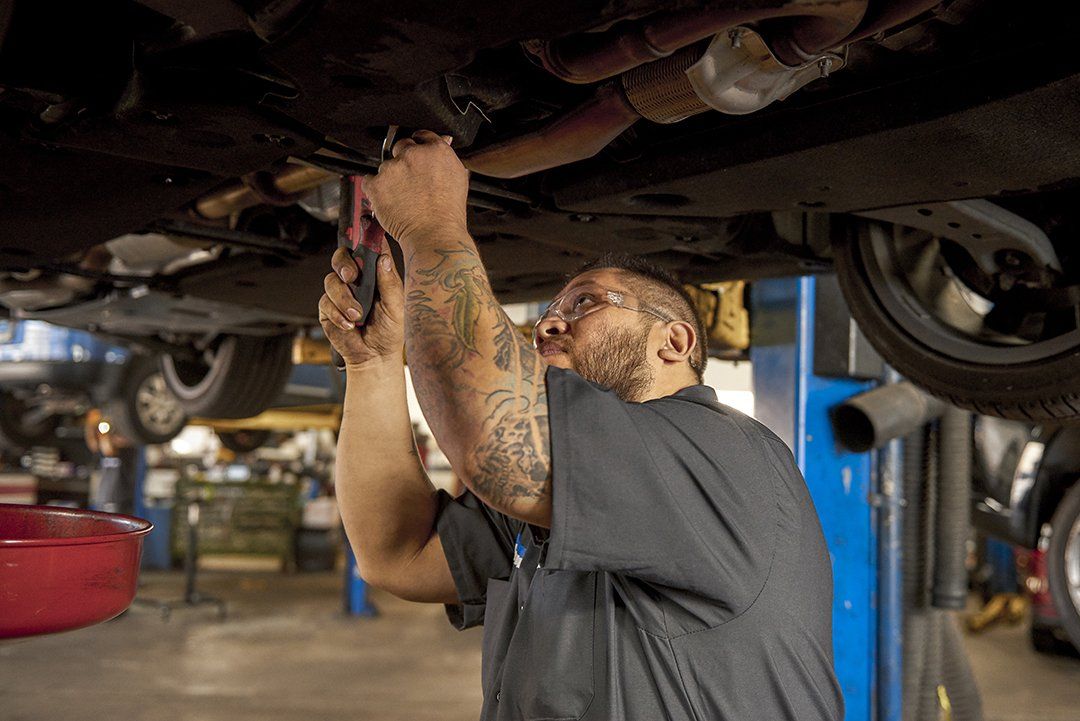Manual transmission systems, also called manual transmissions or stick changes, call for motorists to by hand choose gears making use of an equipment stick and run a clutch pedal. This setup offers direct control over the vehicle's power and speed, permitting an extra involved driving experience. The core elements of a manual transmission include equipments, shafts, and synchronizers, which interact to transfer engine power to the wheels effectively.
In a typical guidebook transmission, the driver utilizes the clutch pedal to disengage the engine from the transmission, chooses the wanted equipment using the gear stick, and after that releases the clutch to re-engage the engine with the new gear ratio. This procedure allows for accurate control over the vehicle's performance, enabling drivers to maximize power delivery for numerous driving conditions. The direct mechanical connection in hands-on transmissions usually leads to much better fuel effectiveness and an extra linked feel in between the driver and the car.

The drivetrain in lorries with hand-operated transmissions includes numerous essential parts:
•Clutch: Engages and disengages the engine from the transmission to permit equipment changes.
•Gearbox: Includes a set of gears that can be picked to adjust the vehicle's rate and torque.
•Driveshaft: Sends power from the transmission to the differential.
•Differential: Distributes power to the drive wheels while permitting them to revolve at various rates, especially during turns.

Understanding these components is vital for correct lorry maintenance and procedure, making sure a smooth and responsive driving experience.
Check for more info at Logan Square Auto Repair - Automatic/Manual Transmission Systems Facebook Youtube Instagram
Navigation
Latest Posts
Bill Walsh Ford - Why Choose a Used Car? Ottawa Shares Insights!
Prolong Your Engine's Life with an Expert Tune-Up
Understanding Handbook Transmission Equipments and Their Drive Elements